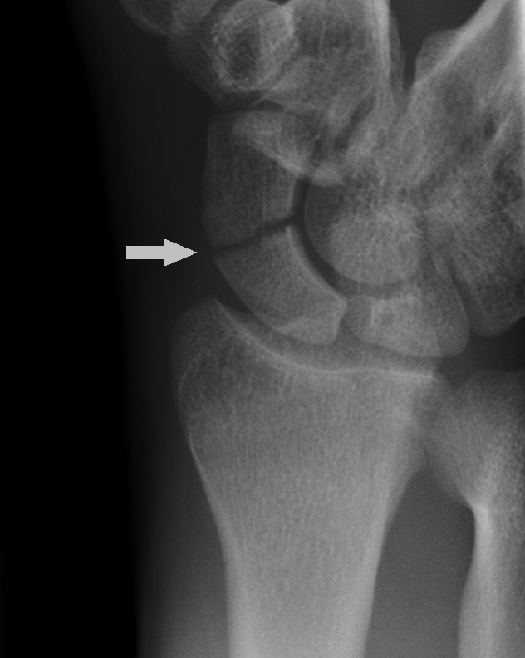Aquatic Worm Holds The Key to New Bone-Setting Glue
Creating an adhesive that can bond together bones has long presented researchers with some sticky problems. Many glues will not...

Creating an adhesive that can bond together bones has long presented researchers with some sticky problems. Many glues will not adhere to slick, wet surfaces, and those that do still tend to dissolve into the surrounding liquid. When setting shattered bones, surgeons instead must turn to metal screws and plates, a less-than-optimal process that often involves multiple surgeries and the lasting effects of metal implements inside the body. But researchers in Utah may have found the key to creating bone-setting glue, in a tiny, sandcastle-building aquatic worm.
Building underwater castles is a lot like gluing together bones, it turns out. The sandcastle worm must cement bits of shell and grains of sand in place, just like bricks and mortar, by secreting an adhesive that will not dissolve in the surrounding seawater. That means the substance has to start as a malleable fluid, then harden to a solid, all while immersed. The worm manages just that, by using varying pH levels to its advantage: when the adhesive is inside the worm where the pH is low, the glue remains fluid. Seawater, with its higher pH, causes the glue to slowly harden, forming the rigid walls of the worm’s undersea sandcastle.
Researchers are now trying to mimic the worm’s method, developing a polyacrylate glue that is essentially a synthetic version of the worm’s adhesive: a non-toxic, water-soluble glue that does not dissolve in liquid. But the synthetic is twice as strong as the original, and initial tests show no unusual immune reaction (many medical-grade glues now available are inflammatory, limiting their function). The synthetic can even be applied to a surface that is wet without slipping away from the intended site, making it far easier to manipulate than many available medical adhesives.
Serious breaks will still require wires, pins, and plates, but the adhesive could still assist with the nastiest breaks while replacing those implements entirely in treating smaller fractures. The adhesive could also be used to repair cracked teeth, and in the case of facial fractures, it could help avoid the permanent cosmetic damage often caused by the insertion of pins and plates. The glue could even have applications outside of the medical field, like patching cracks on ships without bringing them into dry dock, or assisting in underwater welding and construction. Of course, should the urge strike, it could also be used to construct some pretty wicked sandcastles.
[via MIT Technology Review]